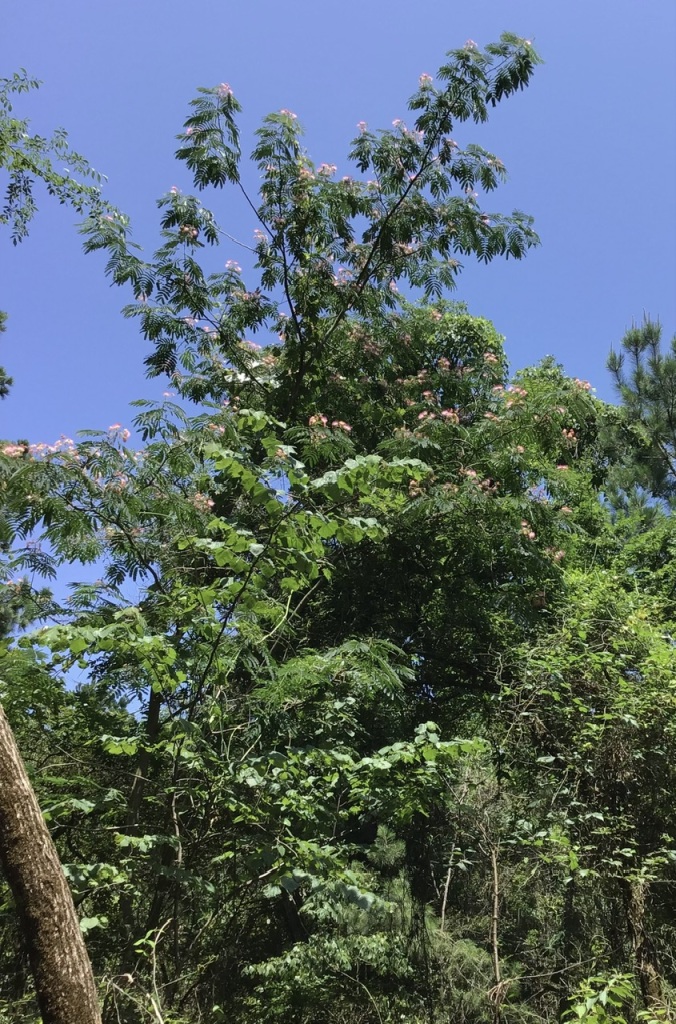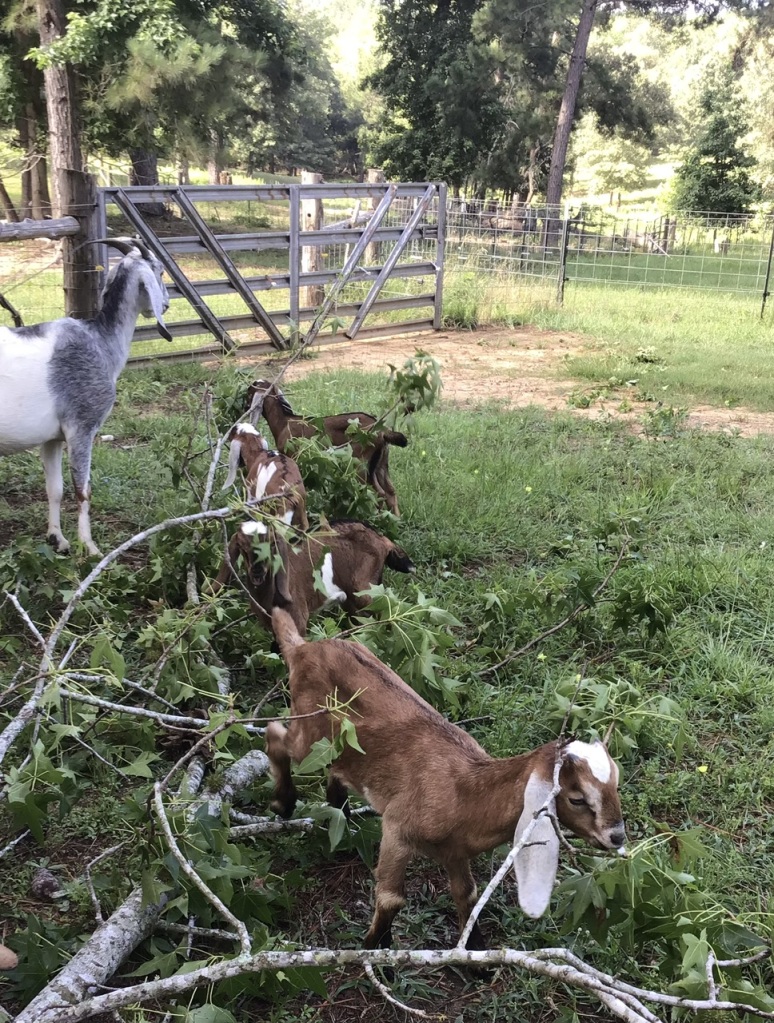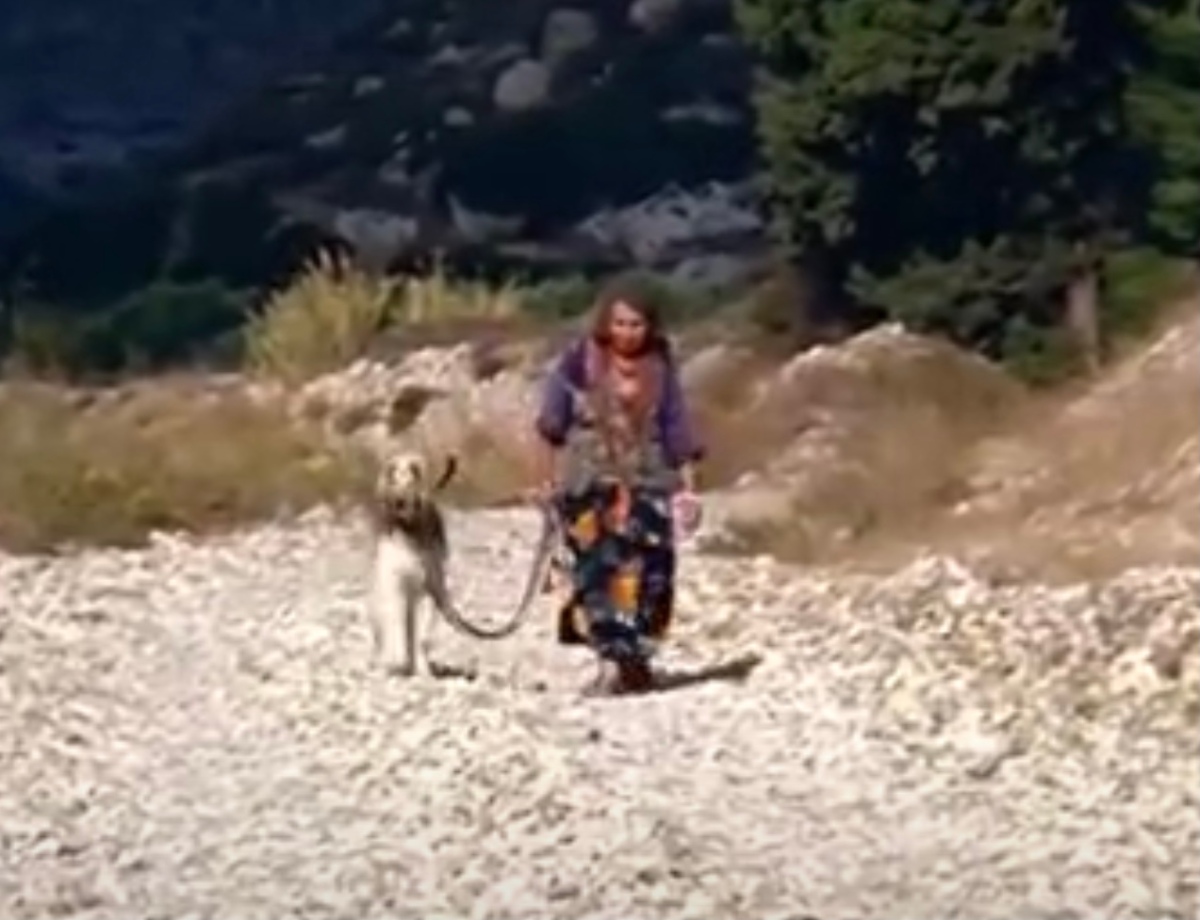I’ve been working bit by bit on the Herbal Explorations pages and hope to add several more medicinal plants very soon—including the lovely Mimosa tree and the very popular Chasteberry—both which grow wonderfully here, even in the extreme heat and drought.



The mimosa tree and flower, (on the left) rising above the canopy along the road and full of butterflies, which unfortunately were too far up to catch with my camera. In the middle photo a fine specimen from our neighbor’s garden, where I gathered some blossoms for kombucha. They smell delightful, a bit like honeysuckle.
Also in our neighbor’s garden near the mimosa tree—I just love old hodgepodge structures like this!

It’s not giving up yet!


Also coming soon: Above, the chasteberry in our garden, also commonly called monk’s pepper or Vitek, which has a completely different scent, but one I adore so much I’m hoping to make soap with it some day very soon. And the bees love it, too!
Aspiring herbalists (like me!) must find inspiring teachers!
A big motivator for me to learn herbalism has been our critters. They all have special needs! It’s hard not to worry about them, but I’d rather have faith in nature than in Big Pharma.





I am way out of my depth, but I know one thing for sure: the pharmaceutical model of our modern-day veterinarians is not for me. Not for animals, not for people.
Information that eschews this model is not easy to come by, so when I find something or someone special, I hone in.
I’ve found this book helpful, so I looked to see what else I might find from this author, and wow, is she ever fascinating.

From the foreword: “Such ailments as the now prevalent ones of scrapie in sheep and ‘mad cow’ in cattle are not going to find a place in this Herbal Handbook for Farm and Stable, despite the fact that many thousands of cattle in the UK have now been diagnosed as suffering from Bovine Spongiform Encephalopathy (BSE). My book teaches natural care of animals and totally shuns their exploitation (wherein they are treated as machines, instead of as living, sensitive and loving creatures).
This book wholly condemns the force-feeding of unnatural foods to any creatures. If a diet is unnatural, disease will keep company with those subjected to it: that is a fixed law. I state force-feeding because, when animals through hunger are driven to eat foods entirely unnatural to their species, such as giving meat offal to cows and sheep, that, to me, is force-feeding. . . As I write this, when visiting England, television is showing cats suspected of having a similar disease to BSE in cattle. I do hope this fear proves to be unfounded. In any case, it is terrible that human acceptance and connivance in forcing the unnatural on our domestic animals bring much misery, pain and fear, all of which could be avoided.”
This book was published in 1952, and she has several others about dogs and cats.
I wonder what she would’ve made of our new bird flu?!

She lead quite the unique life, having been born into wealth, but choosing to live a simple life, exploring nature, living as a nomad among gypsies in many countries, and learning their ways.

There’s a documentary about her life and work, and though I haven’t found a full copy yet, here’s a good clip.
I looked for some of her other books as well, seems they are mostly out of print, so I was so pleased to find this one painstakingly retyped by another WP blogger.

A sister wanderer, the teacher I seek, here we meet beyond time and space, and thanks to the efforts of a great many who remain unknown.
How grateful I am to find you!



Thanks so much for sending the full documentary link!
LikeLike
I love mimosa trees. I plan to dig one up from the roadside one of these days and take it home to plant in my yard. I never thought of using the blossoms though. They smell delightful.
LikeLiked by 1 person
That’s what I did! The younger the better it seems. I replanted a couple from the ditch last year, but our summer was too tough on them I guess and they died. This year I tried again and took smaller ones, put one in the ground and potted one, and they are both looking great. Once they are established they can handle drought, but I think you have to baby them a bit the first couple years. Good luck!
Do they have a bad reputation there, too? The “experts” tell us not to plant them here, too invasive and ruin the soil. Nonsense! Going to tell about that a bit in the herbal post coming soon. 😊
LikeLiked by 1 person
They’re all over the place around here but rarely in residential yards. My parents had 2 that my grandad dug up for me when I was a kid because I loved them so much but they both died in the last few years.
In all the years they had the 2 in their yard none ever sprung up and took over. We have lots of other invasive mess here like the over abundance of English ivy that just won’t die and wisteria.
I can’t wait to read more, I want to plant one in my yard for sure but I need to get my gas lines re-mapped before planting a tree.
LikeLiked by 1 person
Mimosa do tend to be short-lived, another reason why it makes no sense they are also considered to be invasive by certain experts. Never been a fan of wisteria, that and Virginia Creeper look much more invasive to me. I think we’re too hot for English Ivy here. Thanks for sharing, glad you’ll be planting one and more coming right up about them!
LikeLike